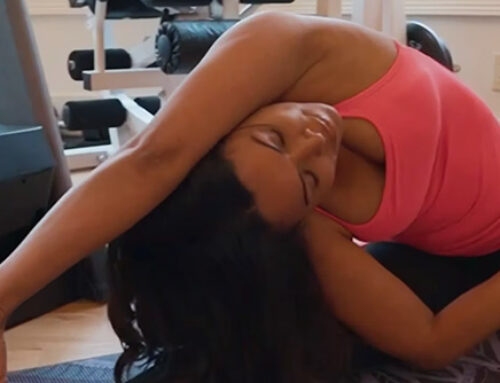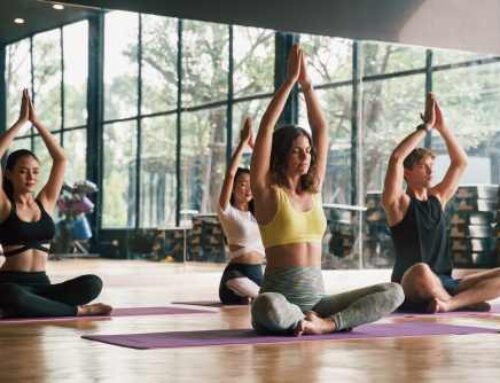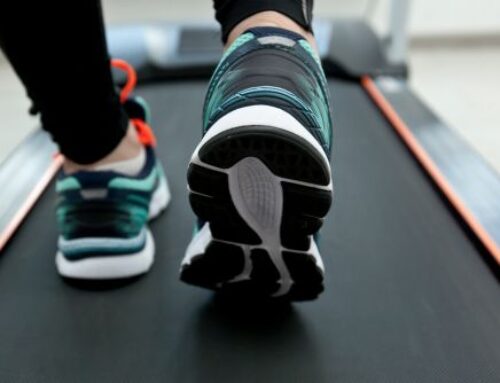Stubborn digestion that leads to constipation and other problems can be embarrassing, uncomfortable, and unwelcome additions to your already busy week. Bow Pose requires some serious flexibility, but it repays you with energizing health benefits that can help you fight anxiety and breathing problems while you repair your digestive issues.
Read on to learn about the myriad of benefits you can get with Bow Pose, as well as how to perform it properly. Dhanurasana may not work for those with high blood pressure or a history of neck injuries. However, many people can find a boost in energy and a reduction in stress using Bow Pose. With these instructions, you can as well.
Benefits of Bow Pose
Bow Pose can energize your stomach and stretch your abdomen, which can get your colon moving and relieve a stubborn bout of constipation. The more we sit and the worse we eat; constipation will turn into a more pressing problem. If we live with constipation for a long time, it can become worse than an embarrassing inconvenience: it can contribute to or even cause pelvic tension.
Practice Bow Pose to relieve your digestive track of this burden at the same time you work through menstrual discomfort, yet another annoyance that Bow Pose can help you treat. Those with impaired respiratory function can also improve their breathing by stretching and opening their entire abdomen.
Other than improved bodily processes, Dhanurasana has some purely physical benefits as well. The pose stretches your entire front, including your chest, abdomen, throat, and psoas muscles (also called the deep hip flexors). On the other end of your body, your ankles, thighs, and groin get a good stretch in Bow Pose as well.
The result of this stretch, other than stimulating your vital organs, is an improved sense of proper posture. Bow Pose can help you better maintain other poses, making it a significant addition to a challenging, extended sequence.
How to Do the Pose
Bow Pose begins lying on the floor on your stomach with your hands palms up and parallel to your straight torso. If your legs or belly aren’t comfortable, you can fold a soft blanket and lay on it for support. As you breathe out, bend your knees and draw in your heels. You want to make sure your knees aren’t too wide here (no wider than your hips). Even when you bend, you want to maintain this distance.
Lift your thighs and heels off the floor as you inhale. You should feel your torso and head lift as well. Make sure you don’t tense or firm your back muscles as you begin the bend, though your heels will naturally lift higher.
Press down on your shoulder blades and bear your tailbone towards the mat. Try to maintain a steady forward gaze as your belly rests pressing into the floor. You’ll notice that it’s a little harder to breathe but keep breathing steadily! The breath will come more from your back but it’s important that you don’t hold your breath during Bow Pose.
For up to 30 seconds, breathe regularly in the pose. As you increase in flexibility, you may be able to grab your ankles behind you with your hands, but this probably won’t be possible at first. When you’re ready to release, exhale and stay on the floor for a bit on your belly, breathing regularly. You can repeat the pose if the stretch feels good.
The Takeaway
Bow Pose requires flexibility. You may discover how stuck and tight the tissues in your abdomen are when you try to stretch them like this. However, this stretch is productive! It revitalizes your abdominal organs, gives your torso a great stretch, and can help you relieve troubling digestive and breathing issues. You can work up to more advanced versions of Bow Pose, but for now, the novice version will help you get things moving and stretch out some stubborn muscles.





Oh Thank You so much for the Fan badge! Namaste.